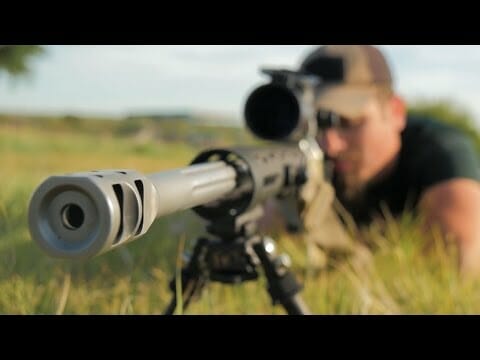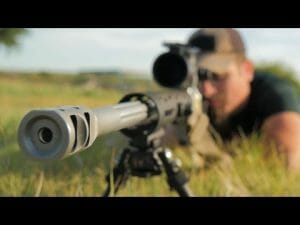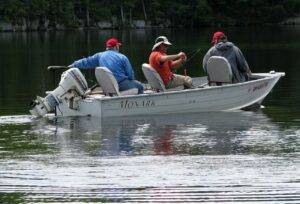

Are you ready for long-range hunting? If you’ve acquired enough skills to nail every single target within a 100-yard range with precision, then you can say that you’re ready to step up. Before you start shooting long-range, 200 yards to 500 yards or more, it’s very important that you master short-range shooting first. If you can’t knock down a target at 80-100 yards with consistency, then you must be using the wrong equipment or the wrong technique.
Getting started.
Long-range marksmanship is not something that you can master just by watching tutorials. It would be a lot easier for you if you can find a mentor. Someone who knows his equipment inside out, and who can teach you the correct technique. This does not necessarily mean that you have to take up a lesson. If you have already accomplished a short-range shooting technique, you might just do well in long-range hunting.
Choosing your equipment.
The rifle you choose will have a huge impact while long-range hunting. For starters, it’s always best to start off with a bolt action rifle as these types of guns are more accurate, reliable, and does to kick hard. Another option is to choose guns with a medium power cartridge so you can quickly hone your long-range skills without exertion.
Before you buy your weapon, hold it in shooting position and check if it’s comfortable, this will let you know if the height of the cheek rest is appropriate. Also, it’s much better to choose a gun with a synthetic stock as they are not affected by temperature change, unlike the guns with a wooden stock. You should also choose your optic wisely, and make sure that it has a crystal clear glass. And lastly, choose the best ammo; some ammunition is more accurate than the others.

Discover yourself.
The most crucial thing in a long-range hunting or shooting, for that matter, is controlling your breathing. It may take you months or even years to perfect the technique, but it’s not something that you can’t achieve. When in shooting position, take a deep breath and exhale (this is when your body is fully relaxed). As you squeeze the trigger and the crosshair comes into sight, make sure to hold your breath. If you run out of breath before taking the shot, relax for a while, and try again after taking a deep breath.
When practicing, try shooting while lying flat on your belly on a firm platform. Try changing the position of your trigger finger and find what works best for you. For instance, you can use the center of your trigger finger or the first joint to break a shot, see if it improves or worsens your accuracy. Also, try shifting the position of your thumb around the stock; this too makes a lot of difference at long range.
At about 100 yards, the wind hardly affects the flight of the projectile, but at 300 yards or more, it can push the bullet away from your prey. Learning to determine the direction and speed of the wind-down range is something that even professional shooters struggle with. You can start by taking a good look around the downrange – the grass and vegetation should tell you the direction of the wind. Know where the projectile is landing, and try shooting again, this should tell you where to aim.
Conclusion.
It’s not easy to hit a live prey at long distances multiple times within an inch group. If you can place at least three shots within a 6 to an 8-inch group, it’s definitely a great start. If you haven’t tried shooting beyond a 100-yard range, it’s recommended that you try 250-300 yards first.









